Hero Wall: Anchors and Arrows
A reflection on nine individuals who stretch the meaning of a hero—across time, form, and spirit. From stillness to bold motion, from quiet truth to fierce creation, each one anchors my path and points my arrow toward what matters.



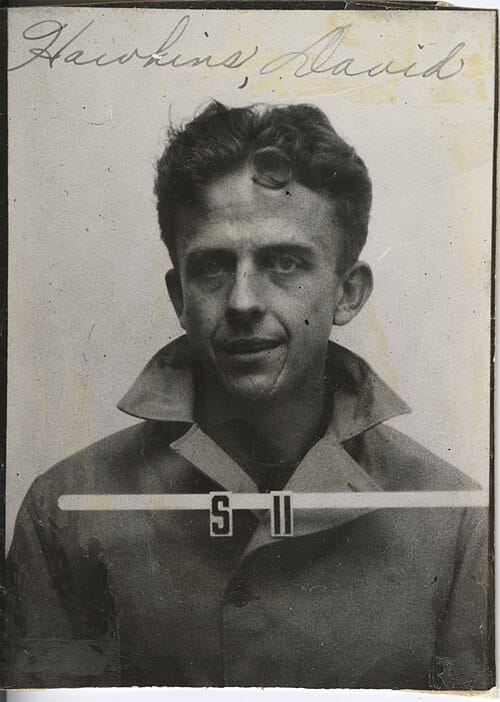
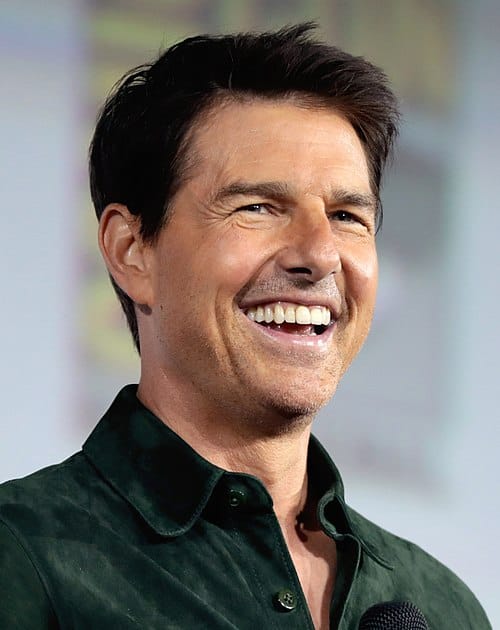
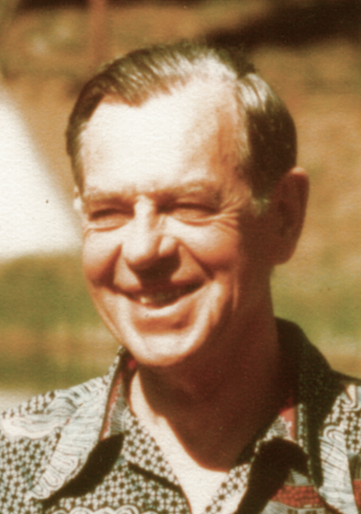
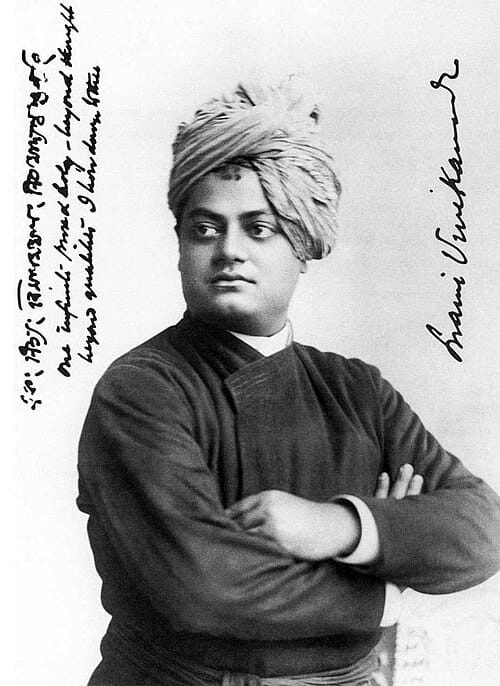
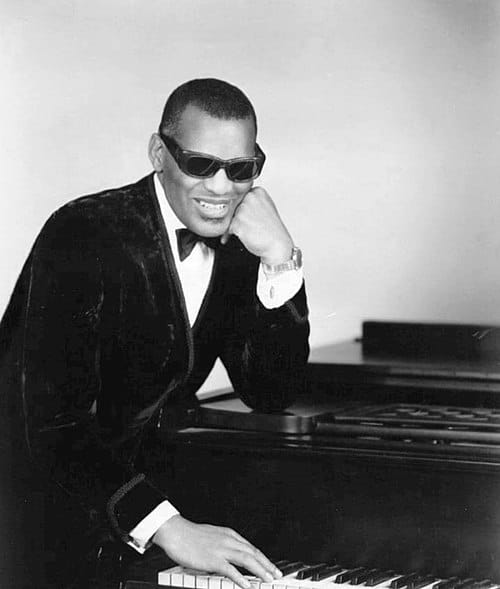
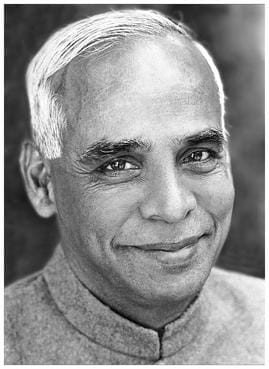

Socrates was a Greek philosopher from the 5th century BCE who never wrote a book, yet reshaped the course of Western thought. His way of questioning, of piercing through assumptions and stirring uncomfortable truths, became a method that still lives in classrooms, courtrooms, and quiet conversations today.
What moves me is not just his intellect, but his defiance. He chose death over exile, alignment over survival. In a world that often rewards silence, Socrates reminds me that wisdom isn’t passive. It demands courage. It confronts comfort. And it asks again and again, until something deeper begins to reveal itself. If a truth is truly alive, it must be lived, not negotiated.
David, the young shepherd from the biblical story of David and Goliath, faced an enemy that should have crushed him. No armor, no army, just a sling, a few stones, and one decision. What moves me is not just the victory, but more so the moment he chose to fight, not knowing if he would win. That stillness before the storm, that is the moment Michelangelo chose to carve. Not the triumph, but the decision.
Because that’s what defines a hero. Not the celebration afterward, but the commitment beforehand. David reminds me that the most heroic moment is often the one where you step up without any guarantee of success, only the determination to do your best.
David R. Hawkins was a psychiatrist, spiritual teacher, and consciousness researcher best known for his Map of Consciousness: a scale that measures the energetic frequency of emotional and spiritual states, from shame and guilt to love, joy, and enlightenment. His work gave language and science to the invisible forces that shape our lives.
What moved me wasn’t just the theory, but the awakening it sparked in me. For the first time, I could see how low-vibration states like fear, envy, and guilt weren’t just emotional experiences; they were energetic anchors. You can’t manifest from a place of contraction. Hawkins showed me that manifestation isn’t just about focus, it’s about frequency. And to elevate your life, you must first elevate your state.
Tom Cruise is a rare kind of modern-day hero, one whose actions speak louder than the roles he plays. You might think I’m being cynical by placing a movie star on this wall. Truth is, I rarely see actors as heroes. The entertainment industry often rewards more than it requires. It’s built on illusion, lighting, and layers of support. I don’t say that with judgment. I just never felt moved enough to call most of them heroic.
Except Tom Cruise.
He’s the exception. Every time I see him on screen, I’m struck not by the character, but by the cost. He doesn’t just perform, he commits. He trains, he risks, he gives. He puts his body, focus, and energy on the line in ways few ever will. Not for attention, but to serve something bigger: the experience. That kind of embodiment moves me. He is, in every sense, a hero in motion. And while I may never replicate what he does, I can borrow his standard. To go all in. To bring intensity to my own craft. And to leave nothing on the table.
Joseph Campbell was an American mythologist, writer, and professor who spent his life studying comparative mythology and world religions. Best known for The Hero with a Thousand Faces, he uncovered a universal structure in ancient myths that he called “the hero’s journey,” a cycle that still shapes how we write stories, build character, and understand transformation.
What moves me is how he synthesized wisdom across cultures. He didn’t just study the West, he dove deep into Sanskrit texts, the Upanishads, and Indian metaphysics. He once said that while he couldn’t quite grasp Sat (pure being) or Chit (consciousness), he could understand Ananda (bliss). And from there, he gave us the phrase: Follow your bliss. To me, that’s the moment philosophy became practice. He didn’t just define the hero; he gave us a way to live heroically. Campbell reminds me that the path isn’t always clear, but when you follow what lights you up, you don’t need to see the whole map. The next step reveals itself.
Swami Vivekananda was a 19th-century Indian monk, philosopher, and spiritual force who brought the soul of Vedanta to the modern world. A disciple of Sri Ramakrishna, he introduced the four yogic paths: Bhakti (devotion), Karma (action), Raja (meditation), and Jnana (knowledge), and brought particular fire to Jnana Yoga, the path of inquiry and discernment
What moves me most is not just what he taught but how he lived. There’s a well-known story where someone criticized him for smoking, and Ramakrishna responded, “He has the power of discernment.” Whether or not the quote is historically documented, the spirit rings true. Ramakrishna often held different standards for different disciples, not because he was inconsistent, but because he understood that spiritual maturity isn’t measured in appearances, but in inner mastery.
It reminds me of another time when someone told Vivekananda they wanted to follow the path but still ate meat. He said, “You don’t have to stop eating meat. When the time comes, the meat will leave you.” That’s the wisdom of a true teacher. He didn’t shame the outer self; he trusted the unfolding of the inner one.
And then there’s the story of the young Vivekananda, desperate for financial help, going to his guru for a solution. Ramakrishna told him to pray to the Divine Mother. But each time he stood before her, he couldn’t ask for money.
Because when he stood before the Divine Mother, something shifted. He couldn’t ask for money—even though he had come for it. In that moment of silence, his deeper longing spoke louder. He asked instead for devotion, discrimination, and detachment. That unspoken surrender became the turning point, not just for him, but for Ramakrishna too. It was proof that he was ready. Not to be saved, but to walk the path.
That’s why he’s on this wall. Not because he was perfect. But because he was spiritually grounded, wildly progressive, unapologetically defiant, and utterly anchored in something higher. He reminds me that the arrow doesn’t always fly straight, but the one who knows how to aim inward is never lost.
Ray Charles was a blind, Black child born into deep poverty in the segregated American South. By the age of seven, he had lost his sight. By fifteen, he had lost his mother. He grew up alone in a world that didn’t make space for him—racially excluded, physically vulnerable, and economically abandoned. And yet, he turned his life into music that moved generations.
What inspires me is not just the sound but the resilience beneath it. He didn’t see, but he felt everything and somehow translated his losses into rhythm, soul, and beauty. He created from a place most of us will never know, and that makes him, in my eyes, nothing less than a modern-day Beethoven. One lost his hearing. The other his sight. Both gave the world something timeless.
Yes, Ray Charles had his flaws. I don’t pretend otherwise. Every genius expresses themselves in their own idiosyncratic ways, and not all of it is admirable. But when I think of what he overcame and what he left behind, I feel nothing but reverence. Most of us may never touch that kind of greatness, but we can let it remind us of what’s possible when you refuse to be defined by your limits.
Eknath Easwaran was an Indian-born professor of English literature who later became a spiritual teacher and writer, known for bringing the timeless wisdom of India into the heart of everyday life. After moving to the United States, he developed a simple yet profound practice called passage meditation, a method that asks you to silently repeat a sacred text or mantra, not tied to any one religion, but grounded in universal truth.
What inspires me is his clarity and compassion. He would say: choose any passage that moves you, whether it’s from the Bhagavad Gita, the Bible, or a prayer to Mother Mary. What matters is the repetition, the sincerity, the stillness. He stripped away dogma and gave people tools to train their minds like muscles. In his world, transformation wasn’t mystical; it was methodical.
Easwaran reminds me that stillness doesn’t mean passivity. It’s a deeper form of intensity, the kind that sharpens over time, builds inner discipline, and prepares you for the storms of life without ever raising your voice.
Ralph Waldo Emerson was a 19th-century American essayist, philosopher, and poet whose words continue to echo through the minds of seekers, creators, and leaders more than a century later. His writings on self-reliance, non-conformity, and spiritual independence aren’t just literary, but they’re revolutionary. And yet, I’ll be honest: his language can be hard to digest. Archaic, dense, sometimes abstract. But when you slow down, when you really sit with his words, something cuts through. Something timeless.
What moves me most is his call to action. He didn’t just talk about noble thoughts—he demanded you bring them to life. “Good thoughts,” he said, “are no better than good dreams, unless they are executed.” That line lives in me. Because you can have a beautiful vision, a heroic dream, but unless you build something, unless you move, it stays in the air. His contemporary, Thoreau, echoed it: “Build your castles in the air… now put foundations under them.”
That’s why Emerson inspires me, not just as a writer, but as a force. He reminds me that manifestation without action is just decoration. That trusting yourself means acting when the crowd stays silent. That genius isn’t in what you imagine, it’s in what you’re willing to create. And the fact that we still lean on his words today, more than a hundred years later? That’s the mark of a true genius, and to me, that’s what a hero looks like.

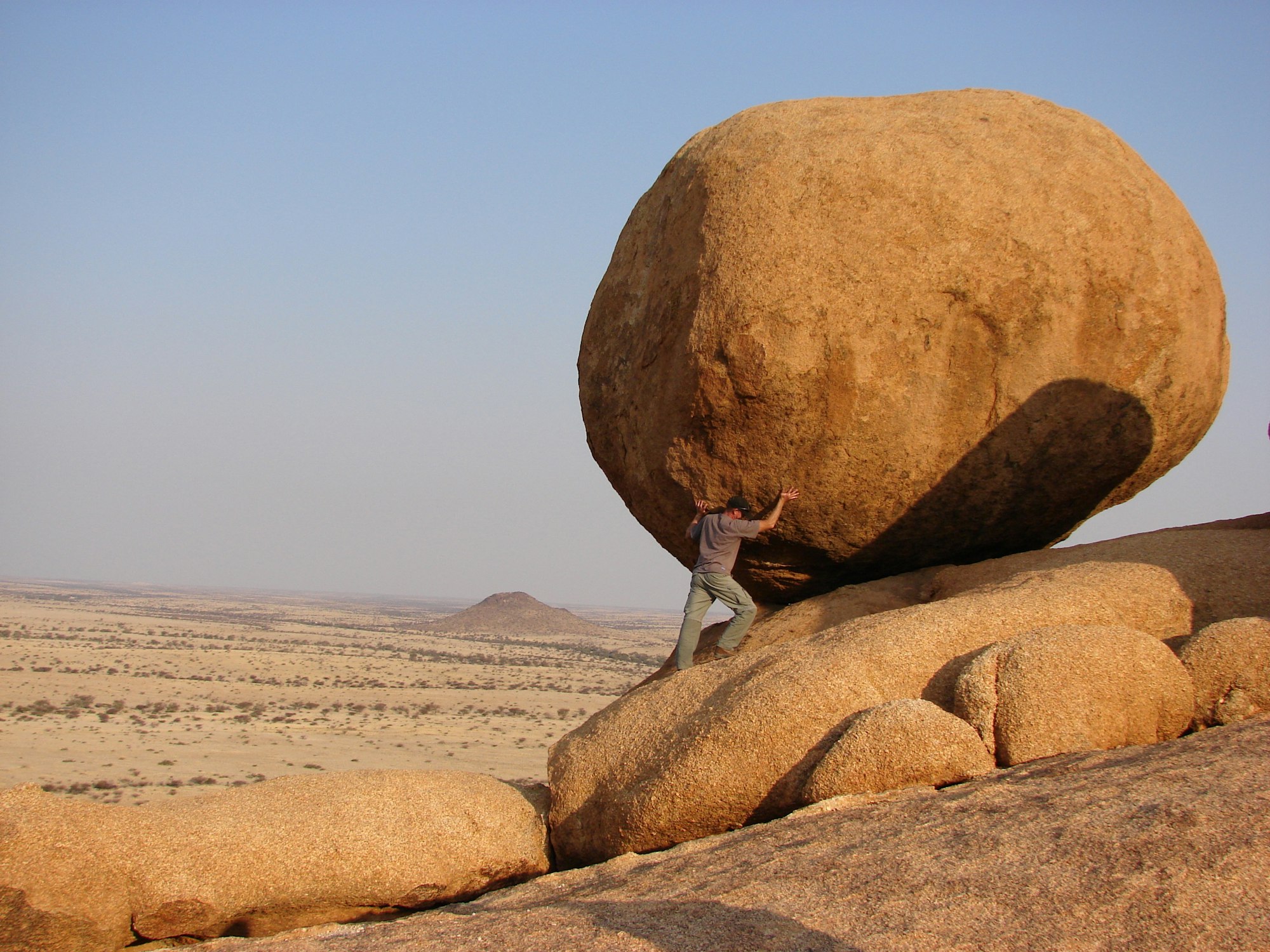
Note on Imagery & Style
Names are intentionally omitted from the images to invite your own quiet recognition—and to remind us that greatness doesn’t always need a label.
Most visual references are sourced from Wikipedia and used under Creative Commons or Public Domain licensing.
Some images are from other open sources or private collections and are credited as follows:
Socrates and David—Unsplash
This wall is a living archive. As it grows, so does its meaning. Return often, and reflect freely.


